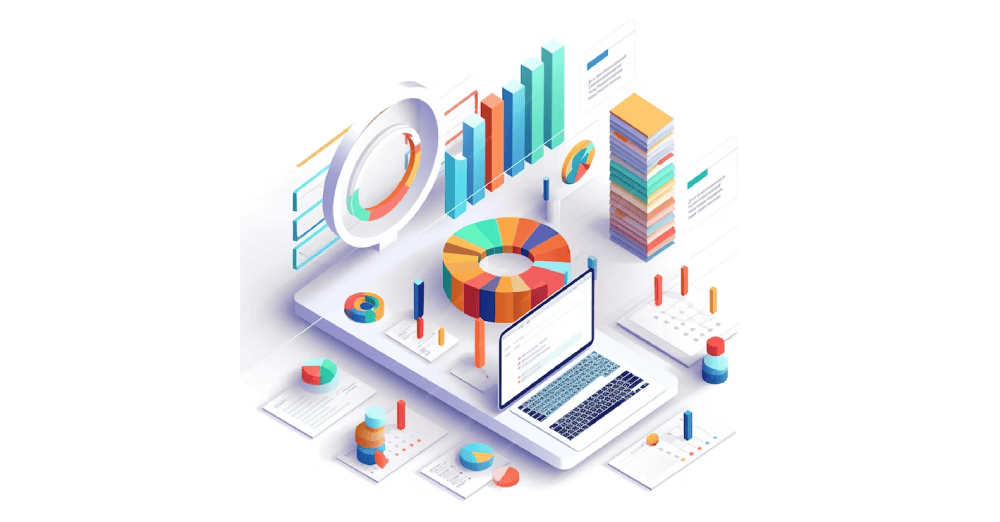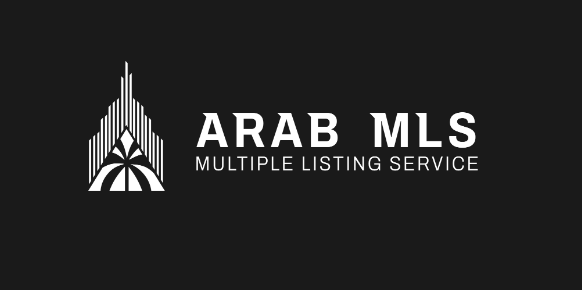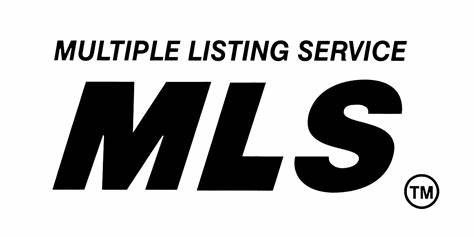The real estate industry is undergoing a rapid technological transformation. While traditional methods of listing and selling properties still exist, the tools available to real estate professionals are becoming more sophisticated and data-driven. One of the most promising advancements in this domain is the use of predictive analytics in Multiple Listing Service (MLS) platforms.
Predictive analytics offers a way to go beyond descriptive data — such as what properties are listed or sold — by forecasting what will happen in the market. In the context of MLS platforms, predictive analytics can help agents, investors, and homebuyers make smarter, faster, and more strategic decisions. This article explores how predictive analytics can be implemented within MLS platforms, what data is required, the benefits and challenges, and how this technology can be a game-changer for the real estate ecosystem — especially in growing markets such as those in Arab countries.
Understanding Predictive Analytics in Real Estate
At its core, predictive analytics refers to the use of historical and current data, statistical models, and machine learning algorithms to forecast future outcomes. In real estate, this might include predicting:
- Future property values
- The likelihood of a listing selling within a certain period
- Which neighborhoods will experience price growth
- Optimal pricing strategies for faster sales
- Buyer or tenant demand trends
Unlike traditional market reports, which look backward, predictive models look ahead. They offer valuable foresight by identifying patterns in massive datasets and turning raw data into actionable insights.
Why MLS Platforms are Ideal for Predictive Analytics
MLS platforms are already central to how real estate is conducted. They house comprehensive databases of property listings, transaction histories, buyer preferences, location details, and agent performance metrics. This makes them rich sources of real estate data — perfect for training predictive models.
An MLS platform can be thought of as a treasure trove of structured and semi-structured data, which includes:
- Listing prices and closing prices
- Property Features (e.g., square footage, number of rooms)
- Time on market
- Location-specific data
- Buyer inquiries and viewing data
- Agent or broker activity
- Seasonal variations and regional differences
With the right data infrastructure and processing tools, this information can be used to generate meaningful forecasts.
Key Use Cases of Predictive Analytics in MLS Platforms
The potential use cases of predictive analytics within an MLS platform are broad and impactful. Here are some of the most important applications:
Forecasting Property Prices
Predictive models can analyze historical sales data to estimate future property values. This can be particularly useful for buyers who want to ensure they’re paying a fair price or investors looking to buy in appreciating markets. For agents and sellers, predictive pricing tools can help list properties at the most strategic price point.
For instance, an algorithm could consider variables such as neighborhood growth trends, past appreciation rates, nearby school ratings, public infrastructure plans, and current demand to suggest a future price range for a property.
Predicting Time to Sale
Knowing how long a property is likely to stay on the market is crucial for setting expectations. By looking at past data on similar listings — including property type, location, and pricing strategy — MLS platforms can offer an estimate of how long a new listing might take to sell.
This helps agents and sellers adjust their strategy if a quicker sale is needed or use the time estimate to plan open houses and advertising campaigns more effectively.
Identifying High-Performing Neighborhoods
By analyzing changes in sales activity, average prices, rental yields, and days on market, predictive tools can identify up-and-coming neighborhoods. This is especially valuable for real estate investors and developers seeking to get ahead of the market.
In regions undergoing urban renewal, infrastructure development, or demographic shifts, predictive tools can flag areas likely to see increased demand — often before that demand fully materializes in listing prices.
Buyer Behavior Forecasting
MLS platforms can also use predictive analytics to model buyer behaviors. For example, they might predict the types of properties a certain demographic is most likely to purchase, or when seasonal buying trends are most favorable.
Such insights help agents personalize their outreach and provide buyers with properties more aligned with their preferences, increasing the chances of a successful deal.
Risk Assessment for Real Estate Investments
Predictive models can help assess the risk level of investing in a specific property. This could be based on price volatility, turnover rates, rental occupancy history, or local economic indicators. Investors can use this information to make more informed decisions, balancing returns with risk.
How Predictive Models Are Built
Implementing predictive analytics into MLS platforms requires more than just access to data. It involves several stages of data preparation, model training, testing, and ongoing refinement. Here’s a simplified look at how predictive models work within MLS systems:
Data Collection

The first step involves gathering extensive real estate data. This includes past listings, transactions, rental records, demographic data, neighborhood profiles, and sometimes even macroeconomic indicators like interest rates or GDP growth.
Data Cleaning and Preparation
Real estate data is often messy — with missing fields, duplicate entries, or inconsistent formatting. Data scientists clean and normalize this data to ensure it’s suitable for machine learning algorithms.
Feature Engineering
This step involves selecting and creating the most relevant variables (features) that the model will use to make predictions. For example, “distance to the nearest metro station” or “number of similar properties sold in the last 90 days” might be key features.
Model Selection and Training
Depending on the type of prediction (e.g., price, time on market, demand), different algorithms may be used. Linear regression, decision trees, random forests, and neural networks are common in real estate applications.
The model is trained on historical data — learning the relationships between features and outcomes — and then tested on new data to evaluate its accuracy.
Deployment in the MLS Platform
Once the model is validated, it can be integrated into the MLS interface. Agents and users can input property details and receive predictions based on the model’s insights.
Benefits of Predictive Analytics in MLS
There are numerous benefits to integrating predictive analytics into MLS platforms, both for professionals and end users:
For Real Estate Agents
Agents gain access to data-driven pricing tools, better forecasting, and deeper insights into local market behavior. This allows them to better advise clients, close deals faster, and stand out in a competitive market.
For Buyers and Sellers
Homebuyers can make more informed decisions about when and where to buy, while sellers can optimize listing strategies to reduce time on the market and maximize returns.
For Investors
Investors can spot trends early, calculate potential returns with greater precision, and minimize risk through more accurate forecasting.
For MLS Operators
Incorporating predictive tools can increase the value and usability of MLS platforms, attracting more users and enhancing the reputation of the system as a central hub for real estate intelligence.
Adoption in Arab Real Estate Markets
In many Arab countries — especially the Gulf states like the UAE and Saudi Arabia — the real estate sector is rapidly modernizing. Governments are pushing for smart city initiatives and digital transformation, making this a prime time to implement predictive analytics in regional MLS systems.
With large-scale infrastructure projects, changing demographics, and evolving foreign ownership laws, predictive analytics can help regional stakeholders:
- Identify investment hotspots like NEOM in Saudi Arabia or new developments in Dubai.
- Predict housing demand based on population growth and expatriate inflow.
- Analyze trends in commercial real estate driven by changes in tourism or retail patterns.
- Support national visions like Vision 2030 by aligning housing development with economic forecasts.
Countries such as Egypt, Jordan, and Morocco, which are seeing growing interest in property investment and urban expansion, can also benefit from predictive MLS tools tailored to local conditions.
Challenges in Implementation
Despite its advantages, implementing predictive analytics within MLS platforms comes with several challenges:
Data Privacy and Regulation
Real estate data often includes personal information. Implementing analytics solutions must comply with national data protection laws, especially in jurisdictions where data privacy is strictly regulated.
Data Availability and Standardization
In some regions, especially where MLS platforms are still developing, data might be incomplete, fragmented, or inconsistent. This limits the effectiveness of predictive models.
Technical Complexity
Predictive analytics requires a strong foundation in data science, machine learning, and software integration. MLS operators may need to invest heavily in technology and talent to build and maintain predictive tools.
Market Volatility
Unpredictable economic events — such as pandemics, wars, or regulatory shifts — can affect real estate markets and undermine model accuracy. Predictive tools must be regularly updated to reflect new realities.
The Future of Predictive MLS Tools
As machine learning and AI technologies advance, the role of predictive analytics in MLS platforms is set to grow. We can expect future MLS systems to include:
- Real-time predictive dashboards for agents
- Automated alerts about market shifts or pricing errors
- AI chatbots offering predictive insights to users
- Personalized recommendations based on user behavior
- Integration with smart home data and IoT for more dynamic forecasting
In the long run, predictive MLS platforms could evolve into comprehensive decision-support systems for all stakeholders — transforming not just how real estate is listed but how it is bought, sold, and managed.
Conclusion
Implementing predictive analytics in MLS platforms represents one of the most significant steps forward in real estate technology. By transforming historical data into forward-looking insights, predictive tools empower agents, buyers, sellers, and investors to act with greater confidence and efficiency.
In Arab markets, where real estate is both a cultural asset and a growing economic sector, predictive MLS platforms can support sustainable development, smarter investment, and a better experience for all participants. As technology continues to evolve, so too will the opportunities for MLS systems to lead the real estate industry into a data-powered future.












